“Zanaky Ny Lalana” is a group of street photographers that was brought together about a half year ago with the goal of highlighting the challenges faced by some of Madagascar’s most vulnerable inhabitants. I don’t exactly have much in the way of street photography credentials, but we were fortunate in that the group’s founder has allowed us to join them anyway.
One of the group’s current projects is to support Teach for Madagascar, another group of volunteers, which provides in-community schooling to young children in ten different locations throughout Antananarivo. The teaching is done by volunteers – mostly, but not only, university students – who had to compete to be selected for the opportunity, and received instruction and supplies to help them administer the program. Over six months, the kids learn reading, but also life skills and other subjects, which will give them a chance to improve their futures. For most of the children, this program offers the only schooling they will receive.
Where possible, the classes are taught in a building provided by the local community – but in many of the sites, the instruction happens in the open air. The role of the street photographers – many of whom are known throughout Madagascar and beyond – is to document the activities at the different locations and assist Teach for Madagascar in bringing attention to the issue so they can assist even more kids. The founder of the group told me the project is near to his heart because he too had been a “child of the street” – and it was only through the sacrifices made by his parents to ensure he had a good education that he was able to escape the cycle of poverty.
For our first photo shoot in support of the project, our host took us to the neighborhood of Anjezika. It’s hard to describe this community. We were told that it was once a community of subsistence farmers with rice fields and other crops, and that as the city grew up around them they were gradually closed in, the rice fields are gone, and life has gotten difficult. The community is in a low part of the city, and much of it evokes Venice – not for its scenery, but for the fact that its inhabitants live just a few inches above the water table. Precarious wooden walkways crisscross back and forth and lean in places where some of the supports threaten to give way.
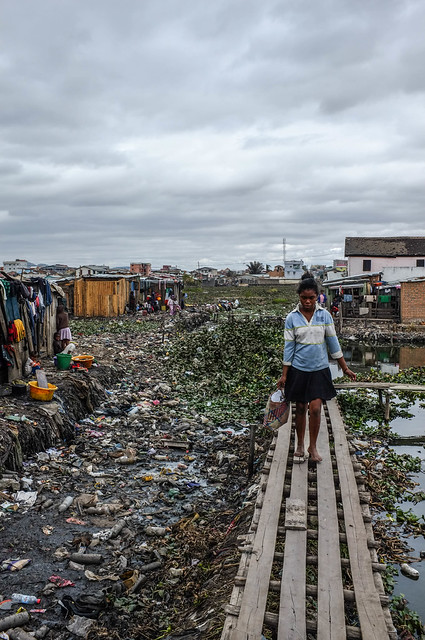 And this is the dry season. We were told that during the rainy season, the area’s inhabitants spend virtually all their time moving through waist-deep water to get around. Surely we foreigners were a strange sight to see walking through their neighborhood, but when we flashed a smile and a “manahaona” we received nothing but smiles in return as people went about their daily business.
And this is the dry season. We were told that during the rainy season, the area’s inhabitants spend virtually all their time moving through waist-deep water to get around. Surely we foreigners were a strange sight to see walking through their neighborhood, but when we flashed a smile and a “manahaona” we received nothing but smiles in return as people went about their daily business.
Much of that “daily business” was all about putting food on the table. Teens used long sticks to push the water lilies that grow everywhere there is any standing water in Antananarivo into clumps where it could be fished out, bundled up and transported by cart to a place where it could be sold for pennies as cattle feed. Others were standing knee-deep in the water with large buckets, throwing the water over a short mud wall that separated two areas of water. We were told they were fishing, which only led to more questions. Fishing??
So the way it apparently works is, enough water from one area (about half an acre) gets transferred to the other area so that the fish can be easily collected. We saw some kids with such fish later on – 5-6 inches long.
Another thing people can do for money is laundry – we were told some of the women do laundry for about 2000 ariary (65 US cents) a day.
Everything centers around the water. Which is used for absolutely everything.
So the “Teach for Madagascar” program provides a little hope for some of these kids. In Anjezika, a small building is made available by the community, and a handful of volunteers come in twice a week for 3 hours each with their bag of supplies. The children are waiting when they arrive, and they quietly filter in, those who have shoes take them off, and they sit on the tarp and wait for their lesson to begin.
I was amazed at how quickly they progressed and how well they behaved. Apparently last time they had covered basic vowel sounds. These were reviewed today, and they practiced writing them, sometimes with help of the volunteers, and eventually progressed to combinations of letters – la, na, ni…in six months when the program ends and the next group begins, these kids will be reading.
At the end of class, each student was given a notebook with prepared homework lessons – which some of them immediately started working on – and they went outside in groups of two and three to get a detailed class on proper hand washing.
After the session was over, we walked a bit through the neighborhood. Life is hard here, but people were universally friendly to us outsiders. Apparently Madagascar is not just about lemurs and orchids…
We stopped in to chat with a few of the local residents. Our host from Zanaky Ny Lalana is doing research on the community to better understand their needs – and we were invited in to a few homes. These kids were excited about being photographed, but disappointed when I took a photo with an old analog camera because I couldn’t show them the photo on the screen (I was just disappointed with the photo!)
But through a translator I was able to explain to them the inner workings of the 50-year-old Chinese camera. I wonder what they thought as I showed them the film roll…
We stopped to visit with this 76-year-old grandmother who grew up and raised 10 kids in Anjezika.
This is the first in a series. The street photographers, Anne and I contribute our best shots to the Zanaky Ny Lalana facebook page. More photos I have taken are available in this Flickr album.

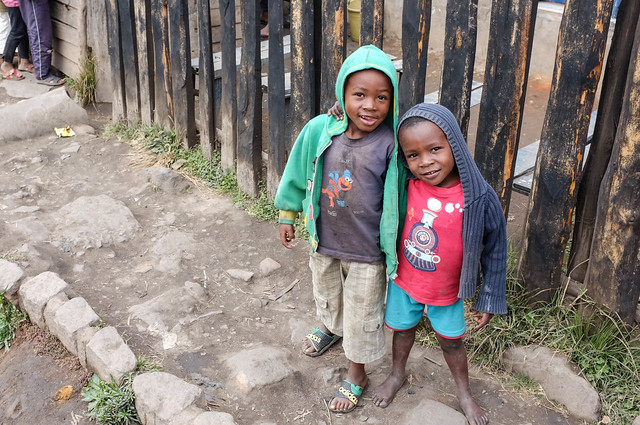
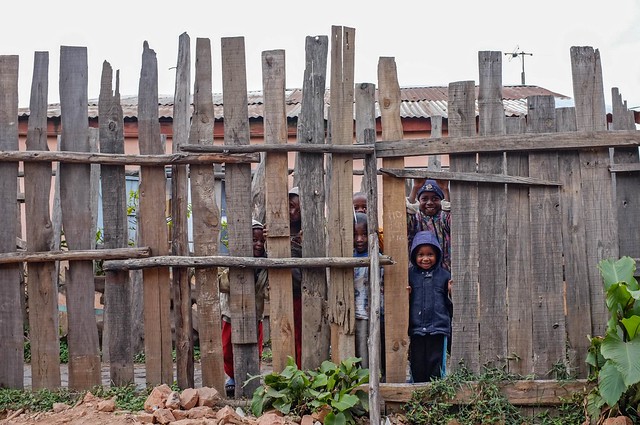



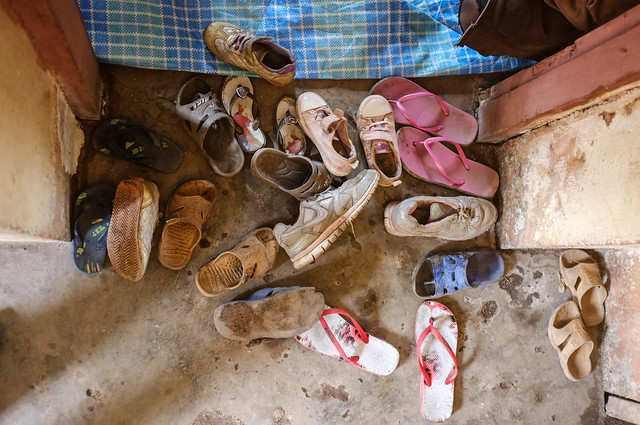
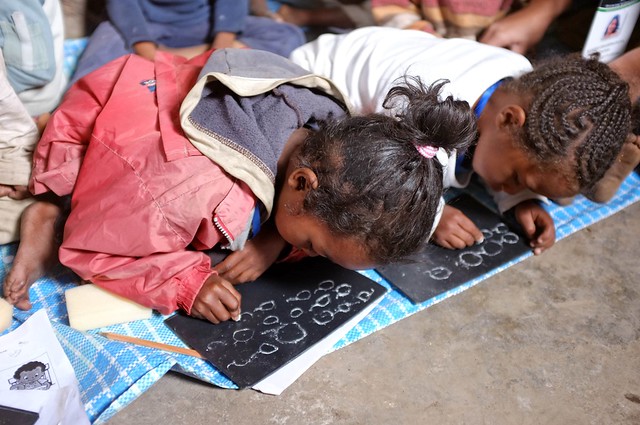

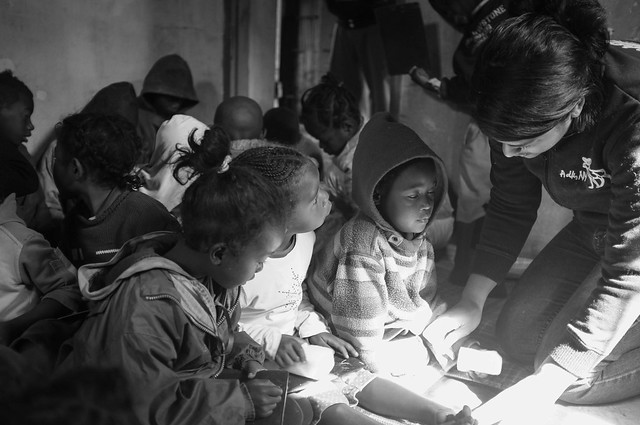

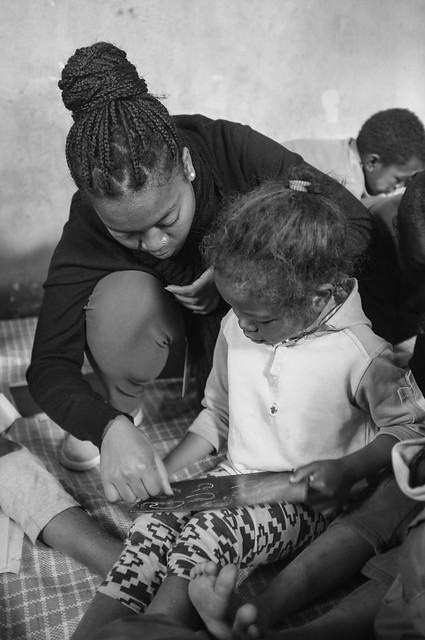

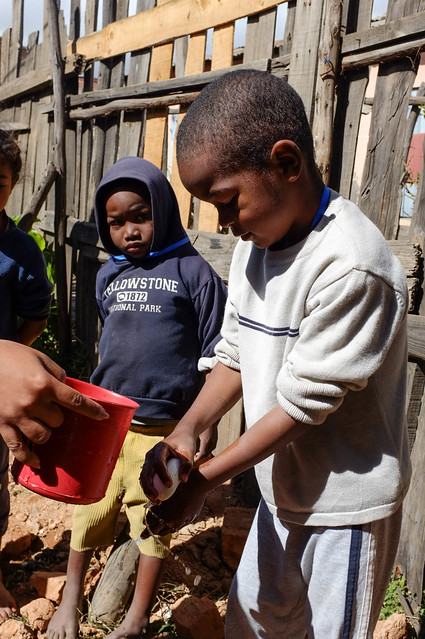
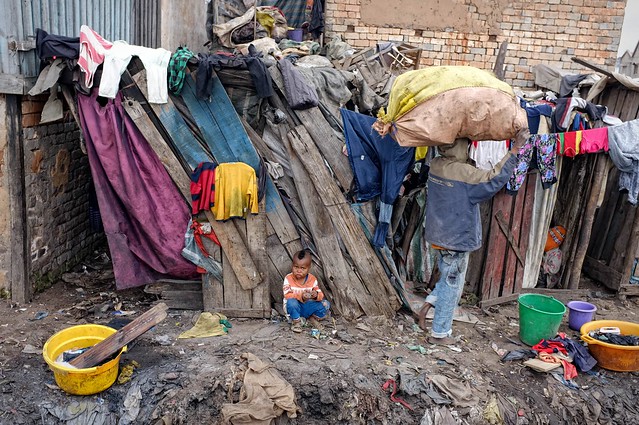
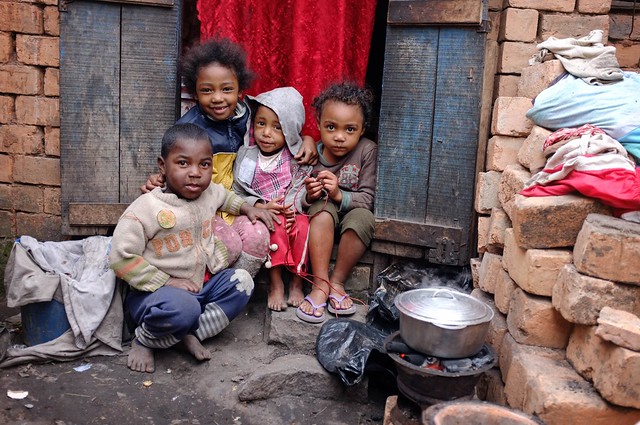
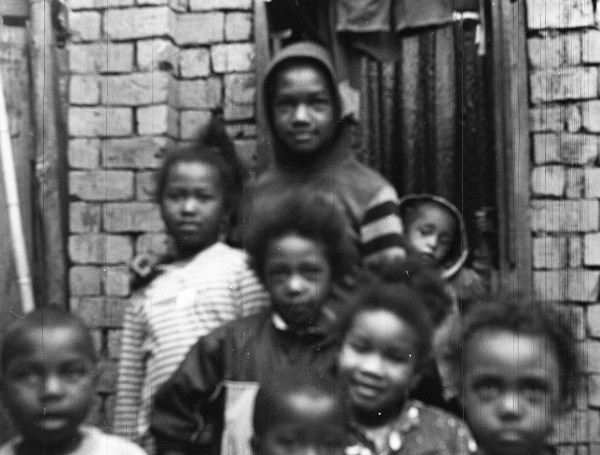

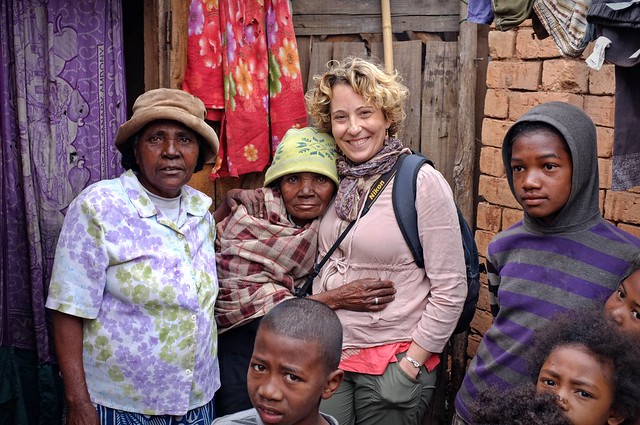

One Response to Children of the Street: Anjezika